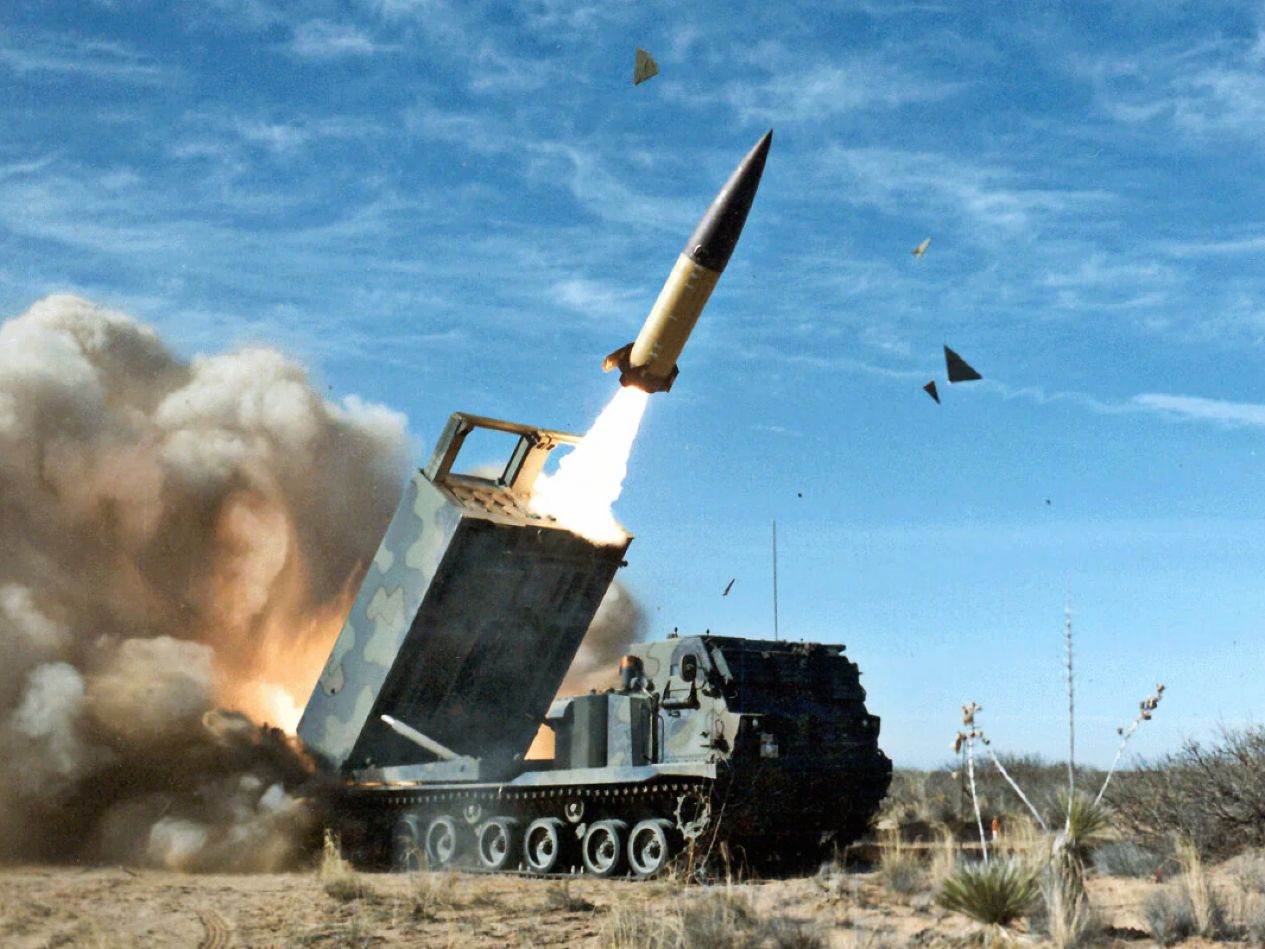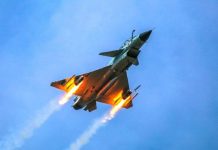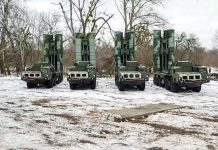The US decision, as reported by the New York Times, to allow Ukraine to use Army Tactical Missile Systems (ATACMS) missiles to strike military targets inside internationally recognized Russian territory marks a significant policy shift for the Biden administration, which previously had restricted the use of these weapons.
The shift in the Biden administration’s policy is not surprising, certainly not to the Russians. The number of times Russia’s top leadership, including President Putin, voiced the need for restraint indicates that the Russians knew the restraint exercised so far by the US was a bargaining chip, not a well-considered policy to rule out escalation.
Russia’s Clearly Articulated Posture
Following the BRICS summit, President Putin, in his numerous interactions with the media, repeatedly warned that strikes by ATACMS or other long range weapons such as the Storm Shadow missiles would involve the participation of NATO military personnel for targeting.
Consequently, Russia would view the strikes as NATO’s direct involvement in the Ukraine conflict. Russia would have no choice but to respond.
Historically, Russia’s political and military leadership is straight-talking. It avoids hyperbole and bluff.
Russia’s planned response was transparent and clearly evident to the US and NATO – If Ukraine could get NATO to fight Russia, Moscow could get its allies to fight alongside Russia.
Russia prepared its response quietly and deliberately by training and deploying North Korean troops and inducting heavy-caliber North Korean artillery. However, Russia didn’t operationally deploy the North Korean troops or artillery, notwithstanding a sustained disinformation campaign by Ukrainians and segments of Western media that it had done so.
Russia’s strategic thinking is evident—North Korean troops and artillery will inflict far more damage on Ukraine’s military—specifically manpower—than the ATACMS or Storm Shadows will on Russia’s warfighting potential.
In this Eurasian Times analysis, we detailed the likely role envisaged for the North Korean artillery. In an earlier analysis for the Eurasian Times, I concluded by stating,
“NATO officials and US politicians have repeatedly said that allowing Ukraine to lose is not an option. If that is true, the only other option is to escalate the conflict. Training DPRK troops for combat is likely Russia’s way of deterring such an escalation.”
Clearly outmaneuvered, the mentally foggy Biden administration is spinning Russia’s preparation for a response as the raison d’être for its escalation!
According to the NYT, the permission was given in response to Russia’s deployment of North Korean troops to support their war efforts, particularly in the Kursk region, where Ukrainian forces had previously made incursions.

Social Media Speculation
The Western media projects Russia’s induction of North Korean troops and weapon systems as a sign of Russia’s weakening, when actually it’s a sign of Russia’s resolve not to weaken itself, despite any attempts to stretch the conflict.
Western leaders have repeatedly said that their aim is to weaken Russia with the goal of imposing a strategic defeat. The Russian leadership understands this very well.
They know they face an existential threat. The challenge before the Russian leadership is to ward off the existential threat without resorting to nuclear armageddon. The only way Russia can ward off the existential threat that it faces from NATO without resorting to nuclear weapons is to retain its capability to defeat NATO in a conventional war.
Russia has to maintain its conventional deterrent to a NATO intervention in Ukraine intact.
Russia has the weapons and manpower to defeat Ukraine in a relatively short time. It has the missiles, armor, artillery, and aircraft to reduce Ukraine to rubble. However, to do so, it will need to expend its military power to an extent where it will lose its ability to defeat NATO in a conventional war. As soon as that happens, NATO leadership will put boots on the ground in Ukraine to defeat Russian forces. Russia will immediately face an existential threat from NATO troops.
Understanding The US Escalation
If the US leadership understands that allowing Ukraine to strike targets in internationally recognized Russian territory will escalate the conflict but not lead to a Ukrainian victory, why is it pursuing the escalation?
There could be several possible reasons.
First and foremost – the US clearly understands that the Russian response will not lead to a nuclear escalation. It will be proportionate and aimed at achieving well-articulated Russian goals – Ukrainian neutrality, demilitarisation, and denazification.
What the escalation will do is allow the US to more vigorously pursue its own policy of weakening Russia. The conflict in Ukraine will get longer and bloodier – but only for the Russians and Ukrainians. The US military-industrial complex will thrive even more.
Another reason could be – domestic politics. The escalation will make it much harder for the Trump administration to de-escalate.
As Russian forces roll deeper and deeper into Ukraine, there is the possibility that NATO nations like Poland, France, and the UK may enter the conflict unilaterally, putting boots on the ground in Ukraine and complicating matters even further for the Trump administration.
Conclusion
It’s highly unlikely that Russia will respond to the US decision to allow Ukraine to strike Russian territory using ATACMS with overt belligerence, such as massive missile attacks or ground offensive.
The Russian response will be proportionate—more than enough to negate any military advantage that Ukraine may accrue from the use of ATACMS.
Ukraine’s major weakness is its troop shortage, a debilitating weakness that the use of ATACMS will not address.
Russian forces, assisted by North Korean troops, are likely to go for the jugular—Ukrainian troops, specifically Ukraine’s elite formations deployed in the parts of Kursk that remain under Ukrainian control.
- Vijainder K Thakur is a retired IAF Jaguar pilot, author, software architect, entrepreneur, and military analyst.
- VIEWS PERSONAL OF THE AUTHOR
- Follow the author @vkthakur




